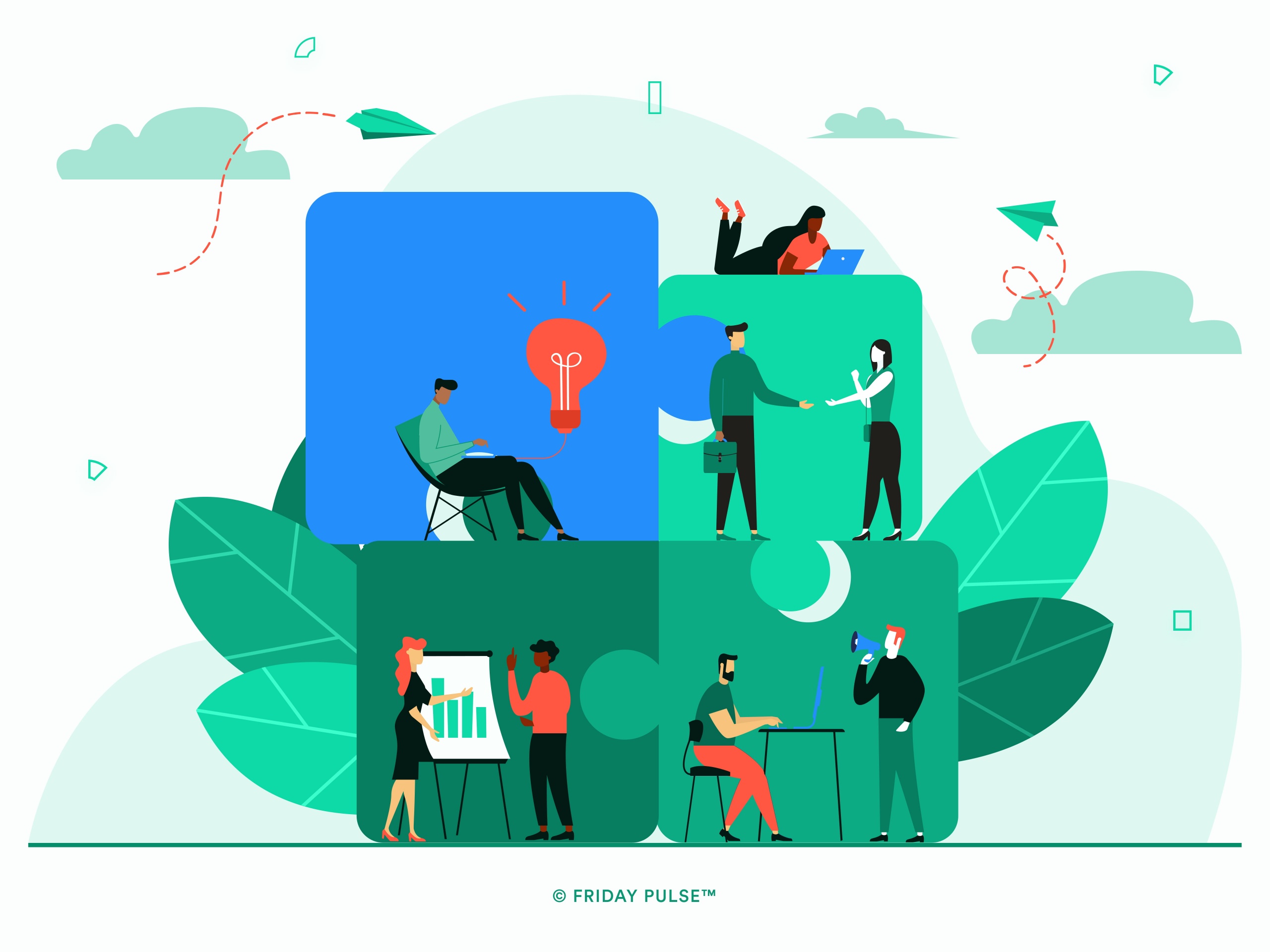At the beginning of this year, we identified five workplace culture
trends for 2020. And
then the fifteen years of 2020 happened! So, in the wake of a pandemic
and global protests, how do our original predictions now stack up?
Here are the workplace wellness trends we predicted:
- The changing workforce – Gen Z and Millennials enter leadership
roles
- Changing work practices – demand for flexibility will change how
offices are designed and used
- Increasing use of AI and automation – jobs with repetitive tasks
redesigned as more intelligent machines reimagine our roles
- Increased use of data for decision making – need for data
analytics likely to impact training, and development needs
- Focus on employee experience – employee wellbeing will become a
focus for more companies
Let’s have a look at how they’re playing out among our clients and in
the world of work.
Changing workforce
It’s not so much of a change in the workforce as an absence of the
workforce. In the last six months, a large percentage of the workforce
is no longer working. US unemployment numbers have hit record highs —
higher than The Great Depression – and the UK has a 23% unemployment
rate now. The ones
that remain at work are doing the job of more than one person and are
overworked. Hiring and firing are in stasis as businesses adopt a ‘wait
and see’ approach.
Changing work practices
There was no way to predict the widespread need for flexibility and
remote working that the pandemic demanded of every business that wanted
to survive. Organizations whose work cultures are linked to being in the
office are worried about what working from home will do to their
employees.
In many companies, the workforce was effectively split — those that were
furloughed and those that still worked. Furloughed employees received
almost the same pay and, in some cases, were able to claim unemployment
benefits. Meanwhile, those that remained working picked up the slack.
This disparity is increasing stress levels and the risk of burnout.
As lockdown restrictions continue to ease and employers consider
reopening their offices, the transition back to work has become a
negotiation. Employers have to deal with their people’s comfort with
health risk and must
provide flexible options to allow their employees to function. Rotating
schedules, hybrid solutions and social distancing practices are here to
stay for the immediate future.
Increasing use of AI and automation
While there hasn’t been a shift in AI as much, many organizations
rapidly adopted technology. But, they were often not prepared for
it. Younger, tech-savvy generations have been quick to adapt to the
change while others have struggled. The use of ‘team software’ like
Slack or Microsoft Teams has dramatically increased and two things
have become obvious – businesses would have struggled to survive without
tech, and yet tech has its limits; it’s not a like-for-like substitute
for being in the same room together. The novelty of video calls has
disappeared, and these suboptimal human interactions have caused people
to withdraw. It’s hard to foster camaraderie and morale within these
environments.
Increased use of data for decision making
The ability to ‘walk the floor’ of the workplace has disappeared. The
use of video technology has made group meetings a possibility but
creates blind spots where employees will attend in silence and not
contribute or participate. Team leaders are unable to know if they’re
addressing issues that will actually make a difference or if they’re
merely solving the problems of those that shout the loudest.
In this aspect, our clients have been successful in seeing how their
employees are faring. Using our people platform, employees can
truthfully reflect on their experiences, allowing team leaders to
address problem areas by rearranging workloads. The result? Signs of
higher resilience.
Focus on employee experience
In 2020, EVERYTHING is about employee experience and wellness.
Working from home in the pandemic brought about an incredible range of
new working conditions and life experiences, making it more urgent for
companies to shift emphasis from the ‘employee experience’ to the
‘human experience’. For
some, bringing their authentic self to work instead of their
professional self has been a rough transition. Still, it has led to
people having real conversations about wellbeing instead of cursory
surface-level talk.
Our clients have reported they’re now taking the time to understand the
cues of their bodies. When it comes to dealing with stress, work and
anxiety, there is no better barometer to wellbeing than the body.
HR departments now carefully monitor employee wellness and workloads,
and encourage time off to help frazzled and burnt out people recover.
More than ever, managers are struggling with teams of increasingly
negative people — pockets of toxicity. Even senior employees have acted
out — soapboxes and expletive-laden rants that leave everyone feeling
uncomfortable.
Combine the stresses of the pandemic with the discussions of social
injustice and the inequity that exists in society and organizations, and
you’ve got a recipe for an anxious, unsettled and angry workforce. Many
employees are left wondering whether they – and their friends at work –
will have a job in two months. It’s now apparent, more than ever, that
while we’re all weathering the same storm, we’re not all in the same
boat.
Looking at employee wellness trends for the second half of 2020
What does our analysis tell us about the next six months? There’s a lot
of uncertainty in organizations as to the shape of things to come,
especially as the world comes out of lockdown. We’d be surprised if
companies manage to survive 2020 without an increased focus on employee
wellbeing and greater attention on the diversity of work experiences
that are housed within a single organization.
Business leaders, you need to help your people stay upbeat and positive
while charting a course into the future. While it may feel necessary to
withdraw and determine the right course of action, it does create a
sense of disconnect for employees.
Employee wellbeing platforms like Friday Pulse will help you get a good understanding of
what’s going on, while sending a message that you care about the
experience of work in your organization. Whenever one of our clients is
weathering a corporate setback, we remind leaders of Maya Angelou’s
wisdom:
People will forget what you said, people will forget what you did,
but people will never forget how you made them feel.
Maya Angelou
Here to help
During this pandemic period, we are committed to helping businesses
bounce back and improve team morale. That’s why we are continuing to
offer companies and teams (50 – 1,000 employees) free access to our people
platform for 12 weeks.
For more information on how we can help your organization weather the
crisis please contact our Head of Helping People, Clive Steer
at clive@fridaypulse.com



